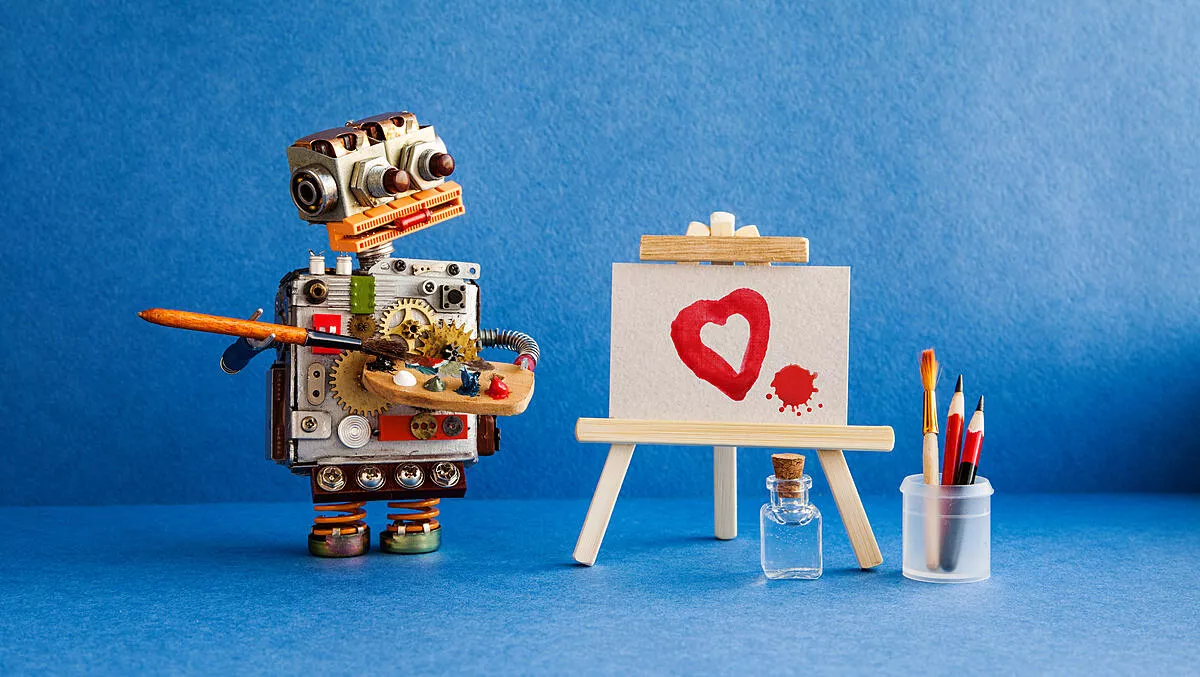
Art is going through another technological revolution, and this time it's the power of artificial intelligence (AI) driving the form - or at least that's what a new art platform called Playform wants to explore.
Playform is developed for artists and creators who want to use a touch of AI in their work. Playform takes a sketch and transforms it into a full image complete with colour, detail, and texture.
For example, a fashion designer could sketch up a jacket and then use Playform to add colours, textures, and images. Essentially, it's a novel way of creating new prototype ideas.
According to Playform founder Ahmed Elgammal, the creation process can help artists as they create and perfect their ideas.
“It's not a tool. It's a ‘creative soulmate to enhance artistic expression,” Elgammal says. “Playform can be integrated into the creative process because we built it in collaboration with artists. This month, the platform will be coming out of beta with a slew of new features, including sketch-to-image.
Putting aside the idea that AI could become a ‘creative soulmate', how does Playform work?
It uses algorithms and an AI engine trained on ‘centuries' of artworks that showcase different cultures, styles, and techniques.
According to Playform, the AI was crafted with an eye for art history and style, which means it can mimic and transform images based on a historical or user-defined style. Want a piece with a touch of Money? The AI does just that.
“Our goal is to find out ways for generative AI to fit the creative process of artists and other creative professionals. We work closely with artists to understand what they want to do and how AI can help that. We look for questions like ‘Is it possible to do X?' and try to make it possible,” Elgammal says.
“To discover what artists truly want, we have developed an artist residency program where we worked with artists, for one month each on specific projects based on their concepts and adapting the AI technology to achieve what they want to do. We then used the experience to make this particular creative process part of Playform.”
An artist called Qinza Najm used Playform to create abstract images based on the human body. Playform says that the series was selected for an exhibit about art and science at the National Museum of China in Beijing in November 2019. Playform also says the exhibit attracted one million visitors to the exhibition during its one-month run.
Playform has also worked with artist Carla Gannis and Anne Spalter. Spalter created images in Playform, then created those images by using pastels on canvas.
Elgammal notes that Playform is a way to ‘nurture' creative impulses that help artists to take the next step.
“We always listen to artists and creative professionals to build AI that can be part of their daily process. With them as our guides, we want to spark new ways of seeing,” concludes Elgammal.
Editor's notes: I tested Playform in the office and although I'm hardly an artist, it's an interesting little experiment. Also, the image used for this story was not created through Playform.
